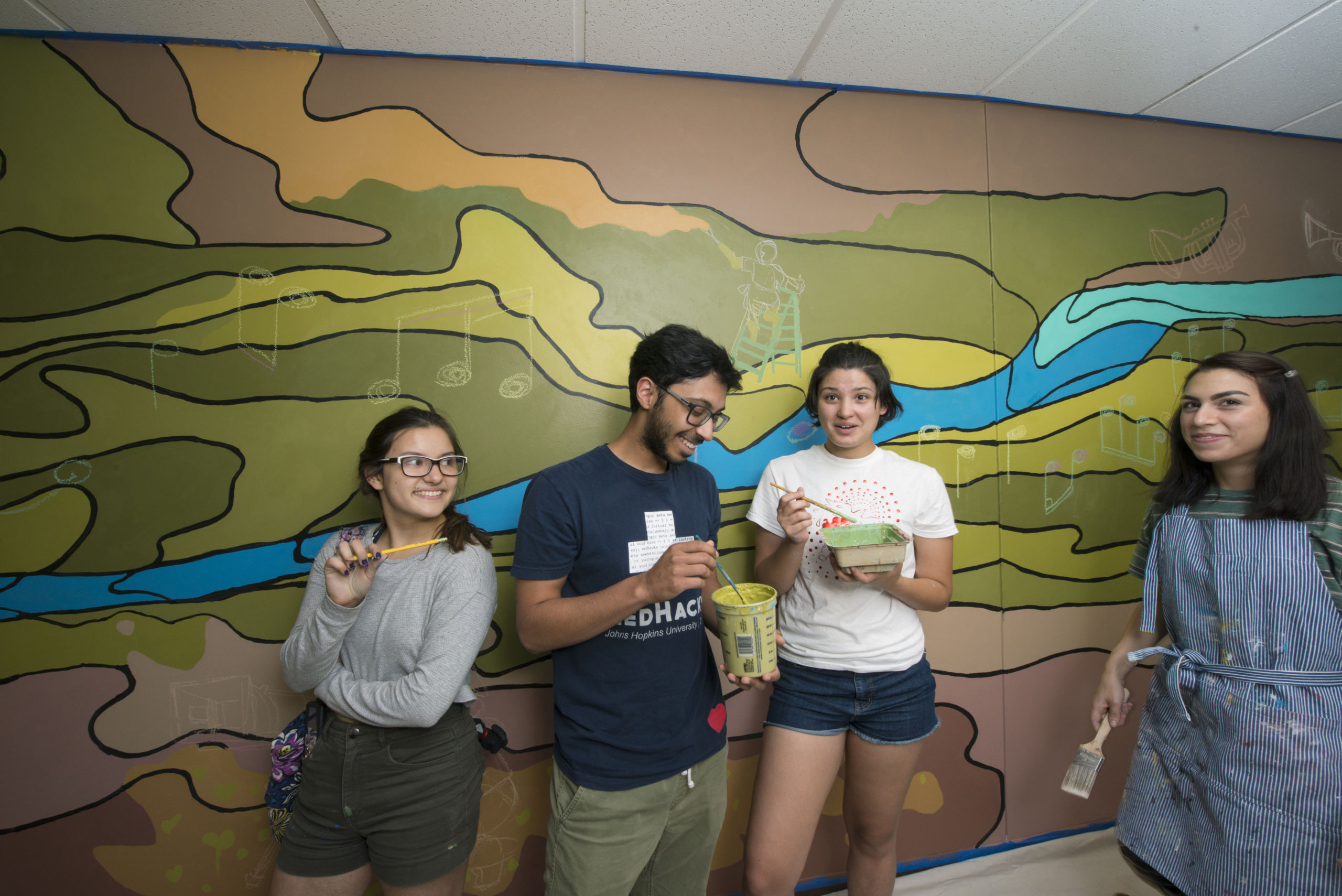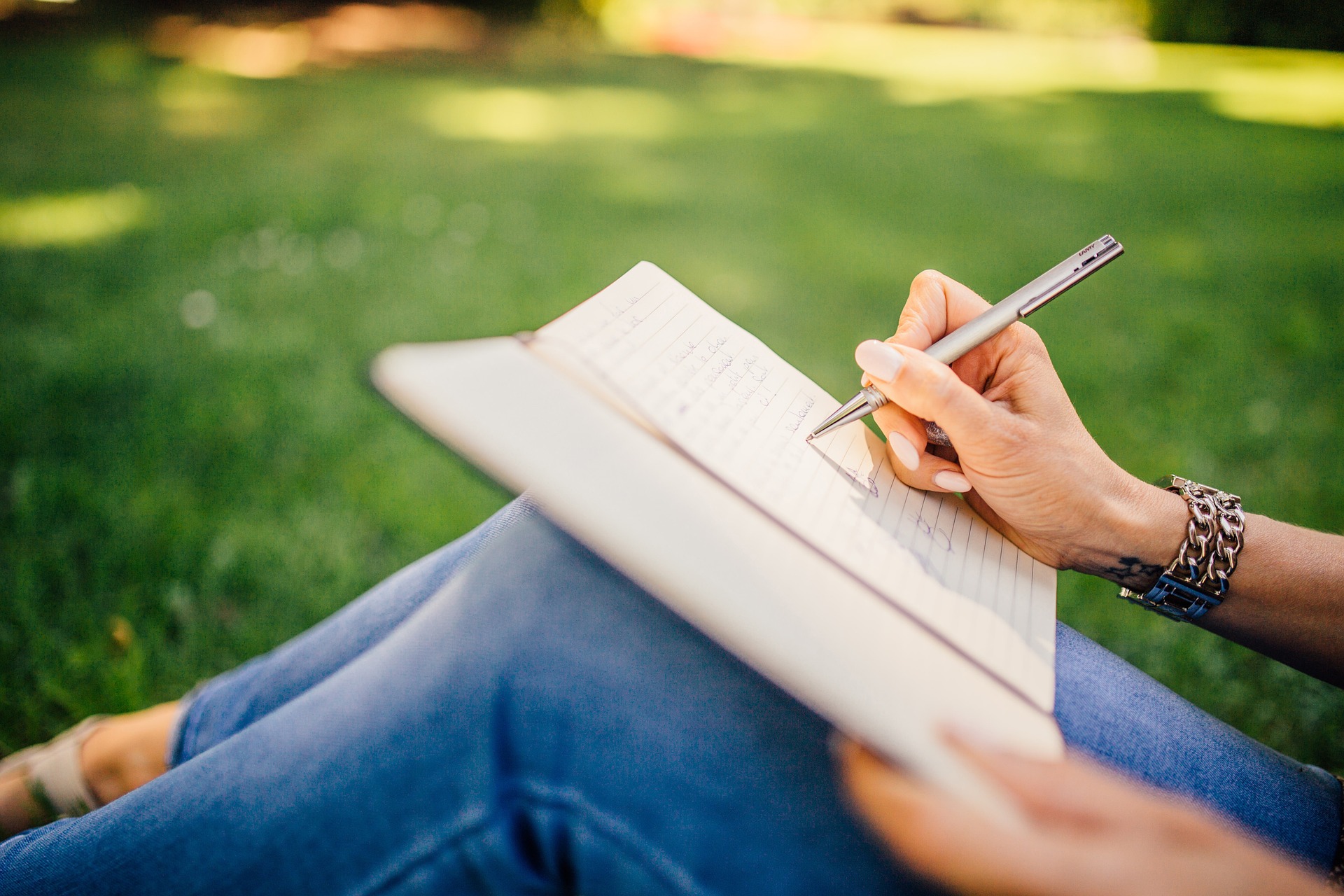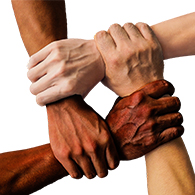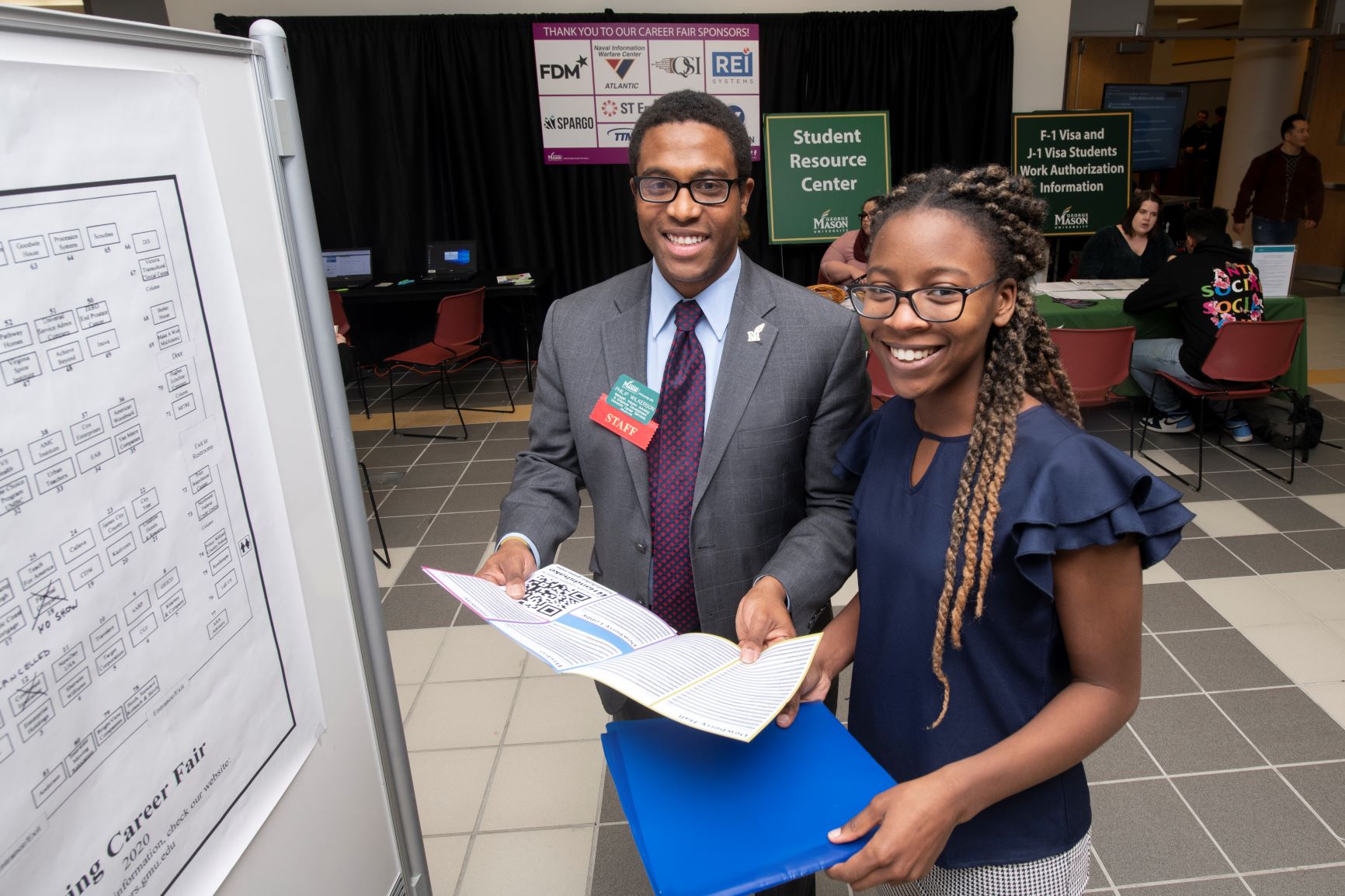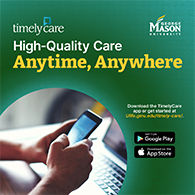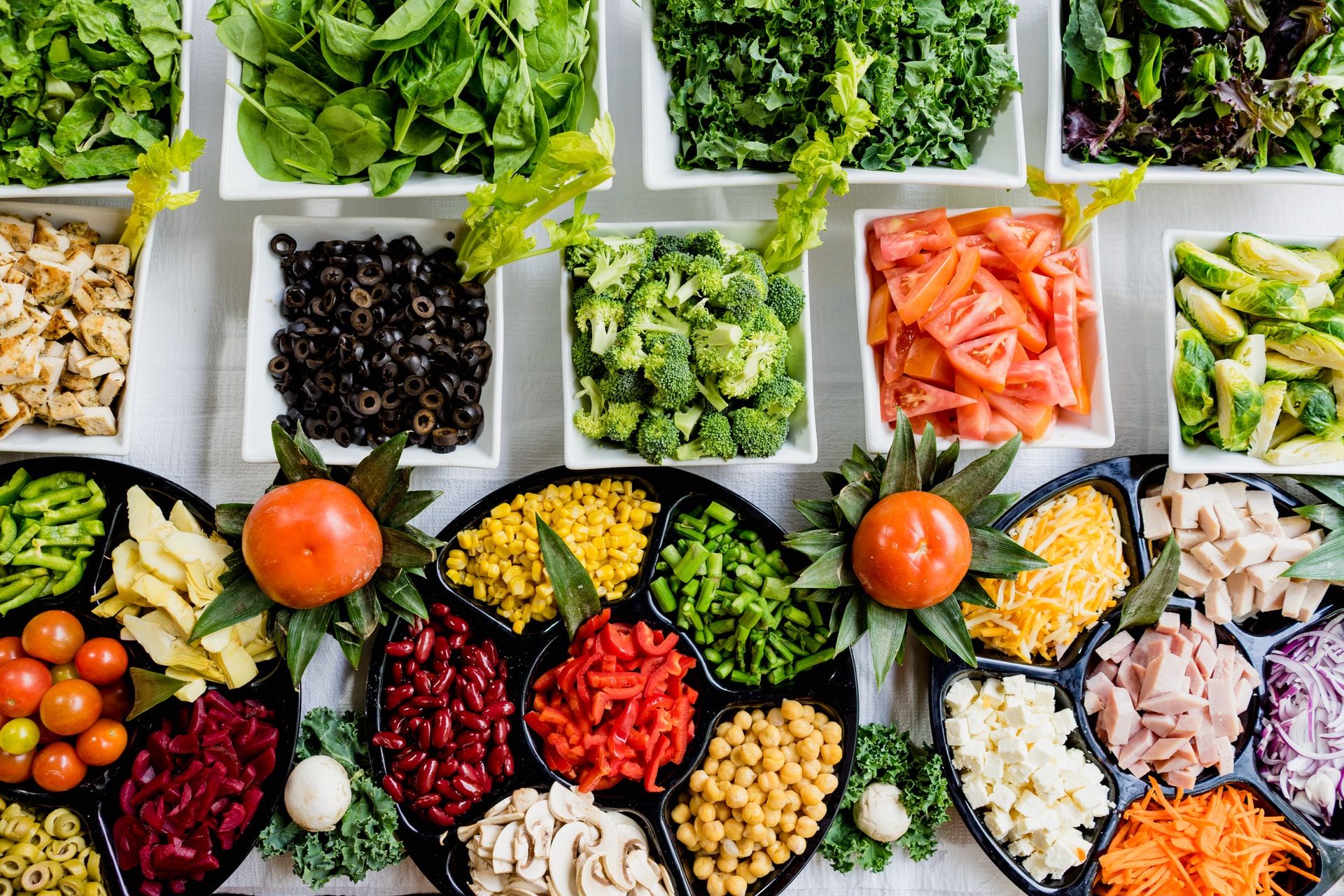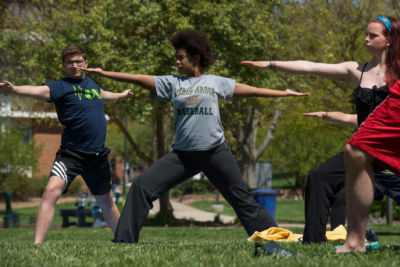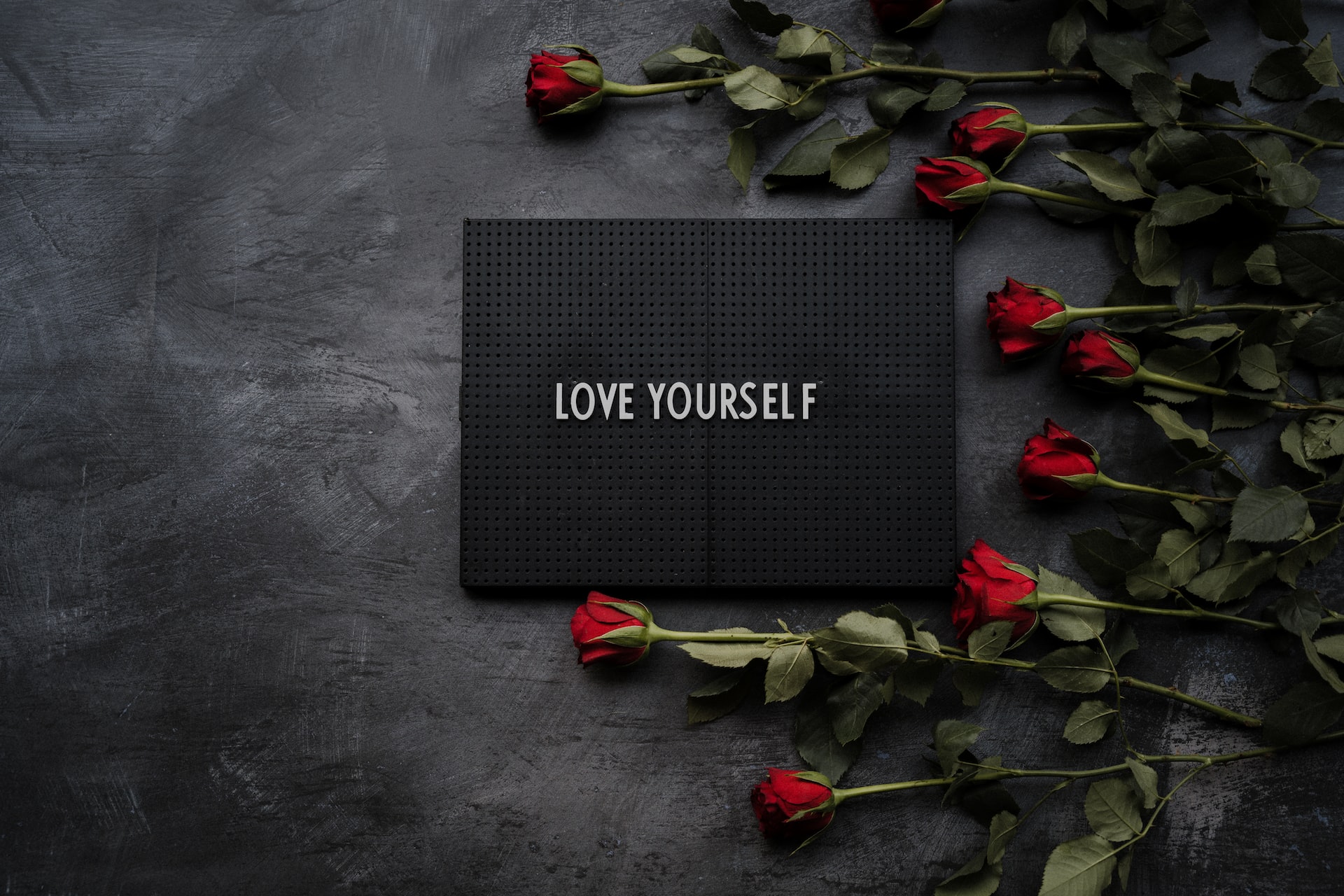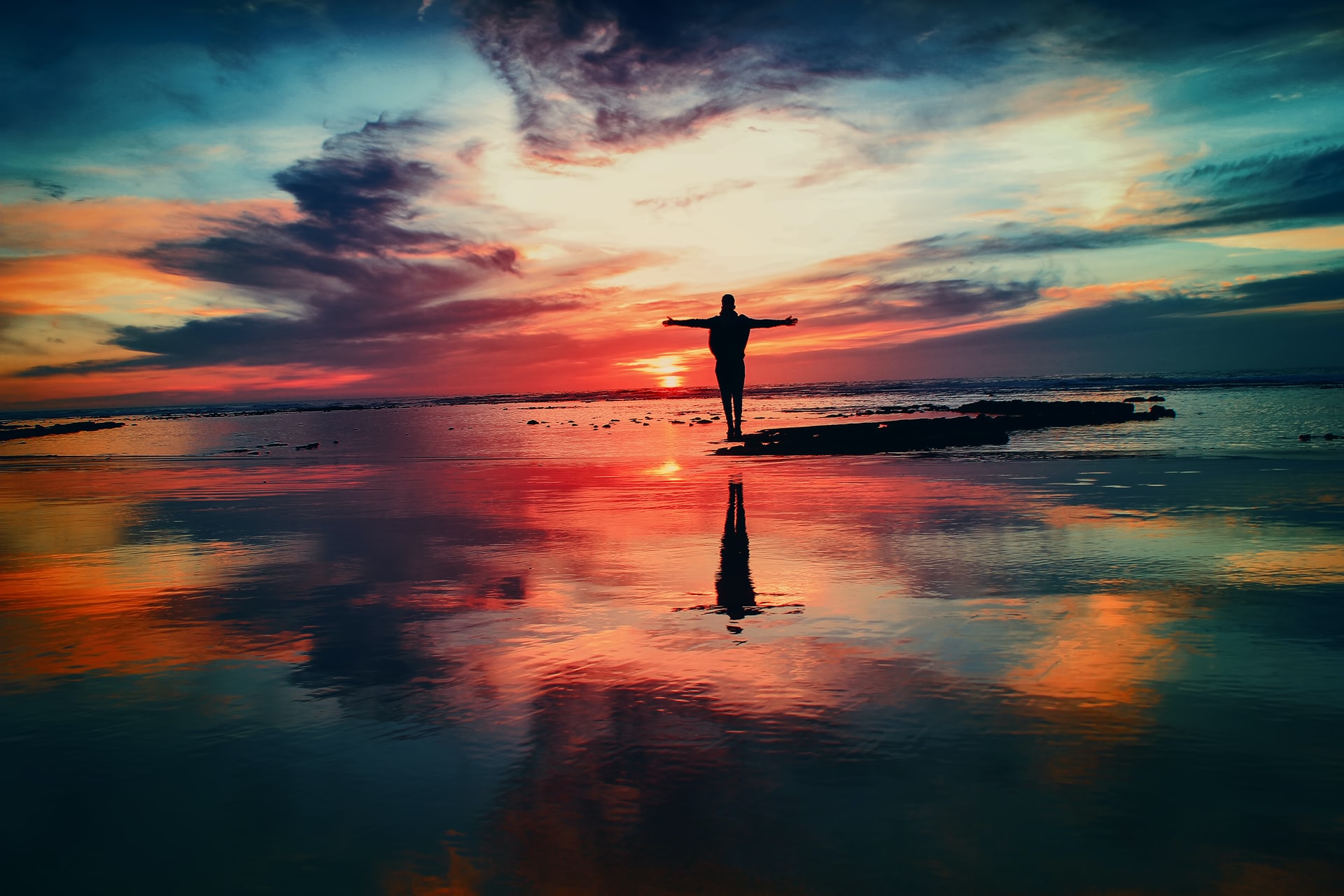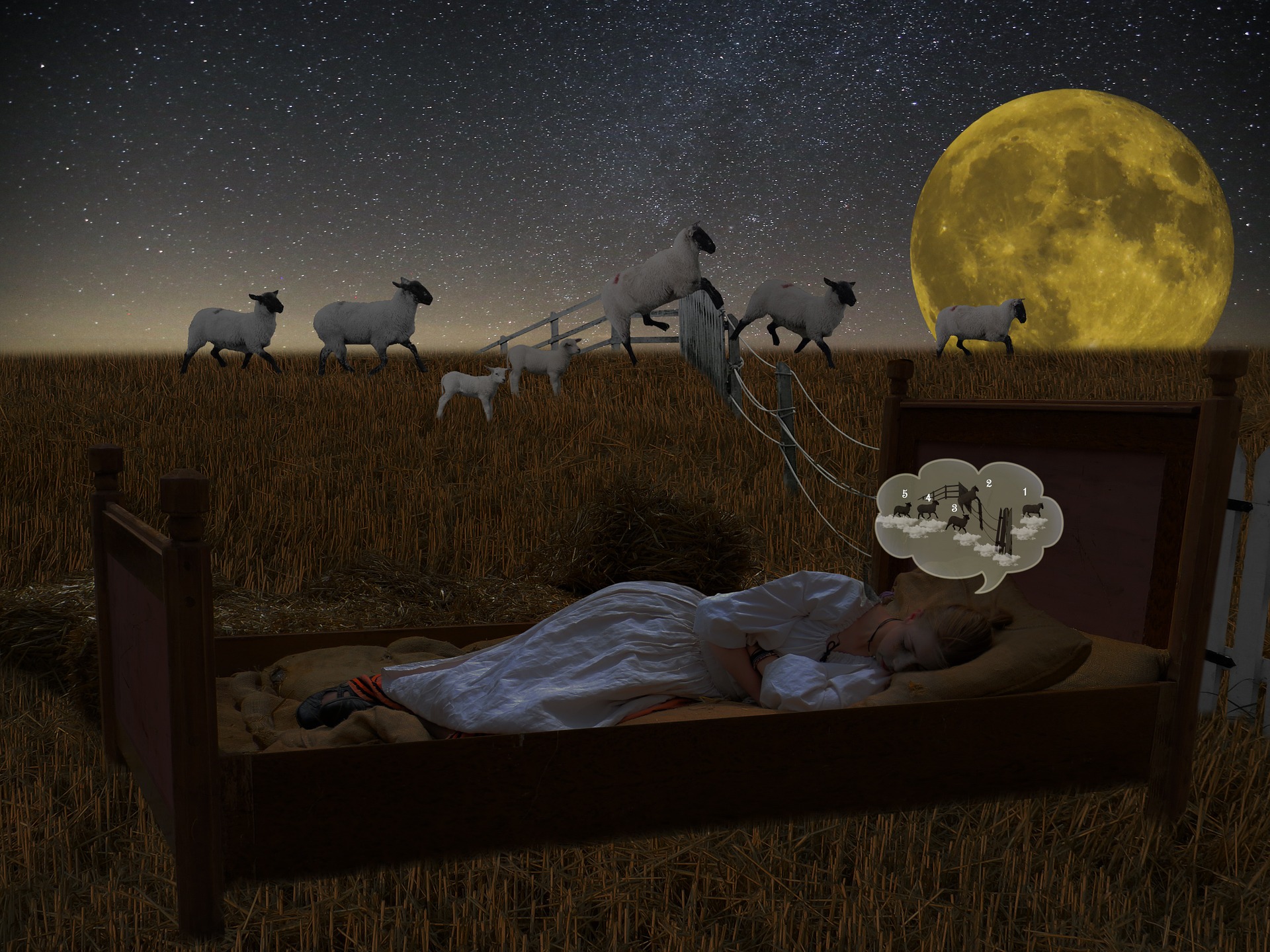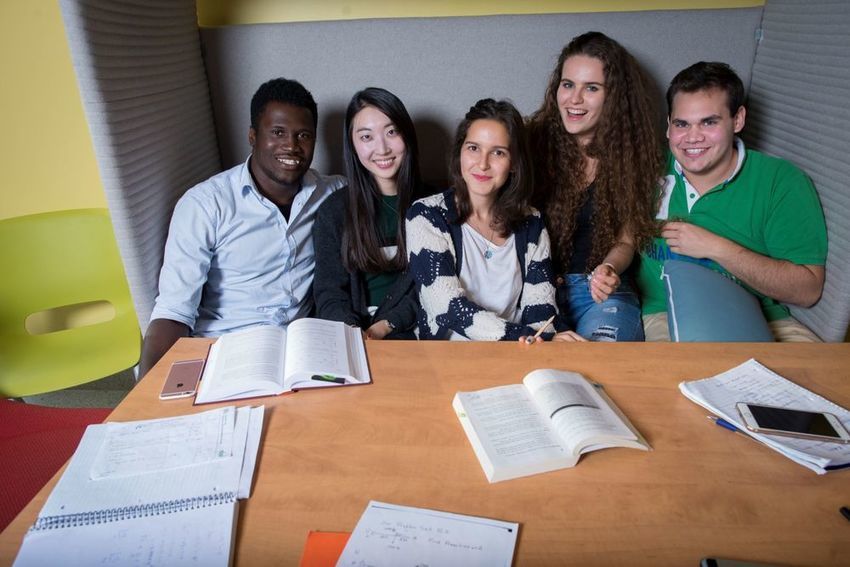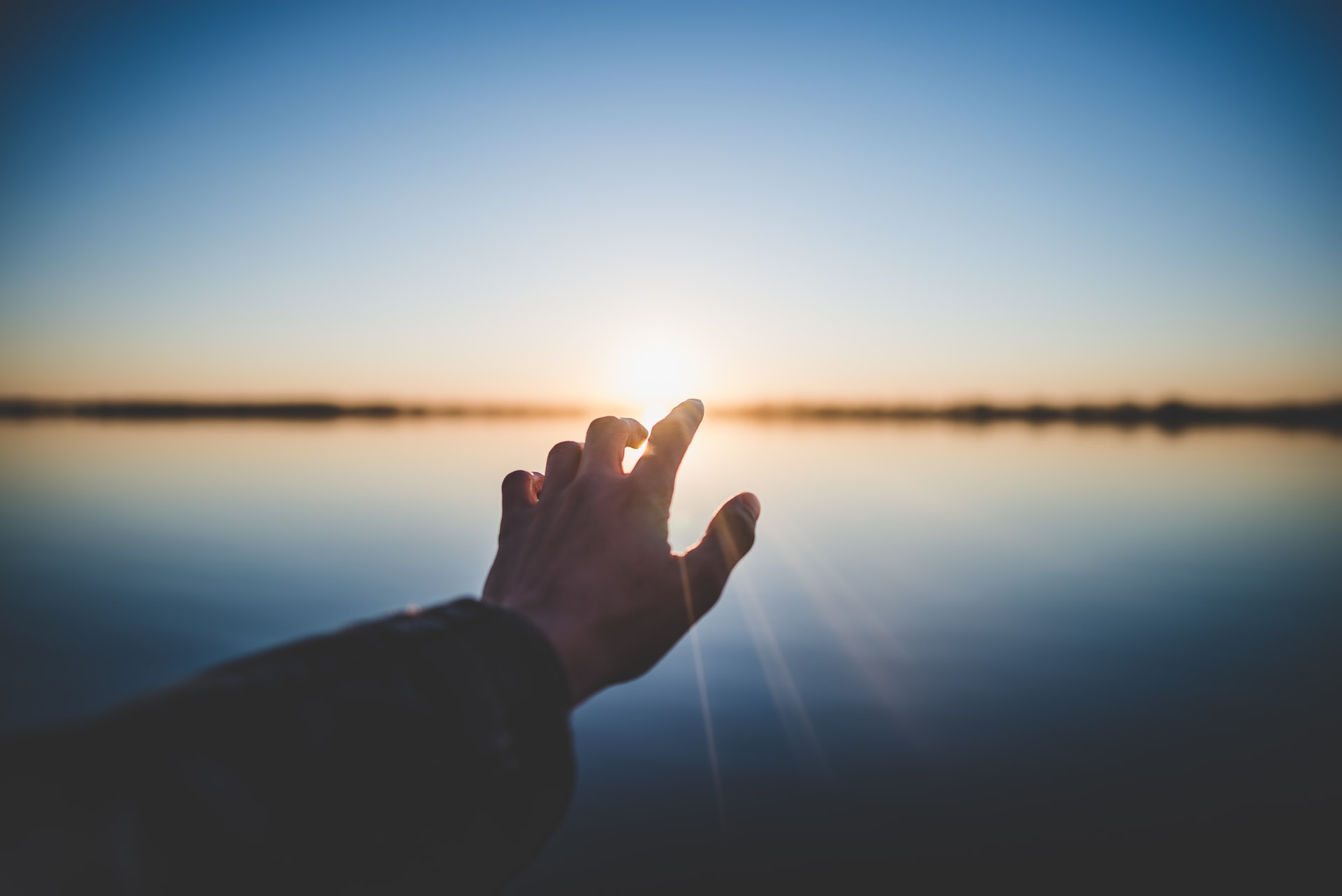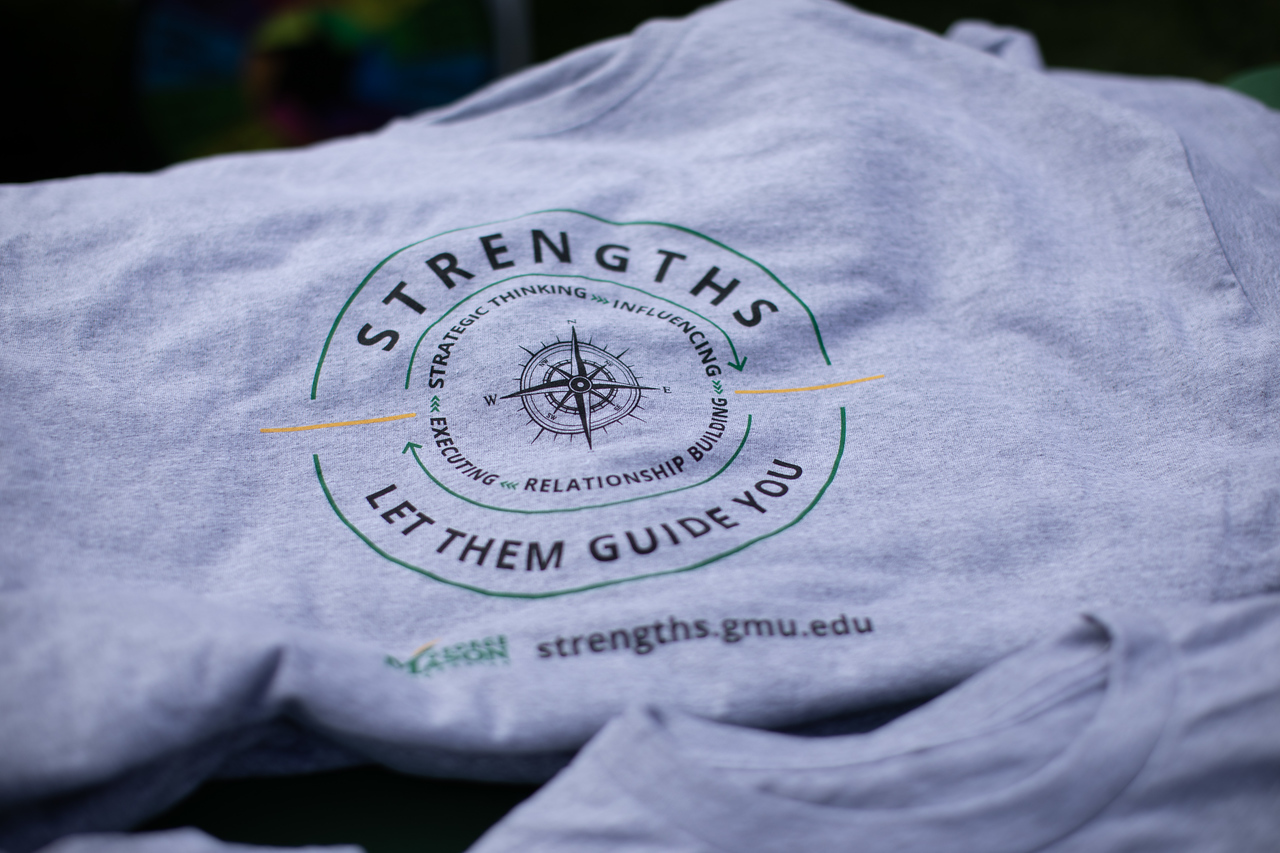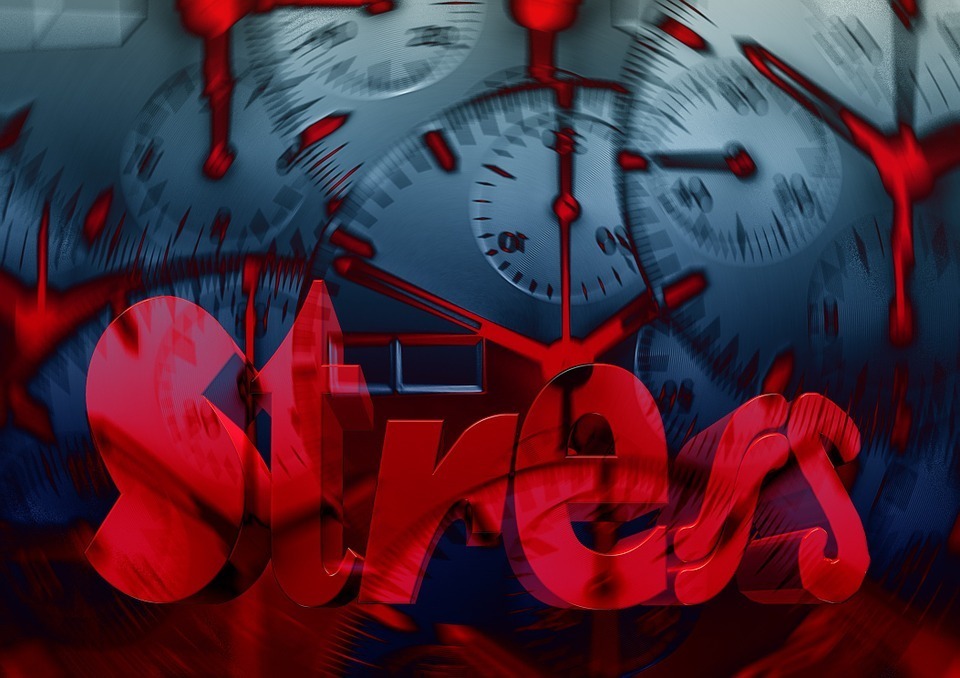By: Sonya Henry, Associate Director of Well-Being Programs, Center for the Advancement of Well-Being
“There is no such thing as a new idea. It is impossible. We simply take a lot of old ideas and put them into a sort of mental kaleidoscope. We give them a turn and they make new and curious combinations.” – Author Mark Twain
Are you holding back your creative ideas from the world because you’re concerned they’re not original enough? Your ideas don’t need to be new to be valuable. Each of us has unique ways of expressing information because of our distinctive perspectives and lived experiences. Don’t let concerns that your ideas aren’t original limit your creativity. It’s worthwhile to share your creative pursuits because only you can make your unique contributions to our world! Engaging in creative activity is good for your own well-being, and also for the well-being of others who may enjoy what you share. Learning about the connections between creativity and well-being can motivate you to share your own special and creative voice.
The Well-Being Benefits of Creativity
Our innate human nature is to create and innovate. Researchers categorize our need to create as a tool for: distraction to avoid stress, contemplation to plan and solve problems, and self-development to build our self-esteem and confidence.
Creativity is also a common path for people to reach a state of flow. Research states that this present, relaxed, and euphoric state increases our productivity, happiness, and positive emotions. In addition, creativity and the flow state reduce feelings of stress and anxiety. A study conducted by the University of Otago in New Zealand found that people who engaged in a small act of creativity experienced higher positive emotions such as enthusiasm and excitement during the activity and throughout the next day. Studies at Drexel University and the College of New Jersey found that people who had awe-inspiring experiences through creating art increased blood flow to their brain’s reward centers and had a release of proteins called cytokines. This resulted in participants feeling happier, more confident, and more likely to engage in additional creative endeavors. Lastly, a University of Cambridge study found that empathy is a factor that links creativity and happiness. When we apply our talents to help others, we are happier and when we think of others we can enhance our creativity and problem-solving. Overall, creativity has many positive benefits for our well-being, such as increased problem-solving, motivation, career growth, and happiness.
Creativity Practice
Research has shown that lack of time and the presence of criticism are detractors of creativity. These are simple practices you can try to express your creativity with greater freedom and courage.
First, take a break from technology. Reducing distractions can assist in moving to a state a flow, which enhances creativity. Next, consider changing your surroundings to get a fresh perspective. This might include going to a local park to draw or to play music, or visiting a local library to write your next poem or screenplay.
This may seem counterintuitive, but creating constraints can actually stoke your creativity. Here are 3 ways that boundaries might broaden your creativity.
- Think of a current problem at work, school, or in the world and try to list 3 to 5 possible solutions that could be implemented for a specific amount of money (for example, $5,000) or during a specific period of time (such as 6 months).
- Invite a friend (or more) to join you in writing a song or story together. After one person adds a line, use the previous phrase as your guide and add the next sentence. Continue this way until you have a complete creation.
- Find a creative work that you enjoy (like a poem, song, photo, etc.) and find some aspects that you would change to make it different, new, and more attuned to your own style. Make those changes and see what you have created.
What Creative Project Will You Pursue?
So, even if your creative ideas aren’t new, develop and share them with others anyway! Write a script, cook a meal, compose music, paint a mural, design clothing, take photos, start a business, or do any other creative project you feel called to do. When you bring your creative ideas to life, they can positively impact other people in a far-reaching ripple effect. In the process of helping others, you will boost your own well-being as well. What will you dare to create in your own unique way?
Additional Resources
Learn more about creativity and well-being through these resources:
- http://lifedesignlab.stanford.edu/resources
- https://health.clevelandclinic.org/how-art-can-help-you-cope-with-the-pandemic/
- https://www.psychologytoday.com/us/blog/creativity-the-art-and-science/202101/resolution-build-creativity-and-well-being
- https://www.forbes.com/sites/ashleystahl/2018/07/25/heres-how-creativity-actually-improves-your-health/?sh=61482ce913a6
Write one of these Thriving Together Series features! We’re looking for contributions on all topics related to well-being. Read other Thriving Together Series articles here and contact us at cwb@gmu.edu for guidelines. Thank you for helping our Mason community thrive together online!

